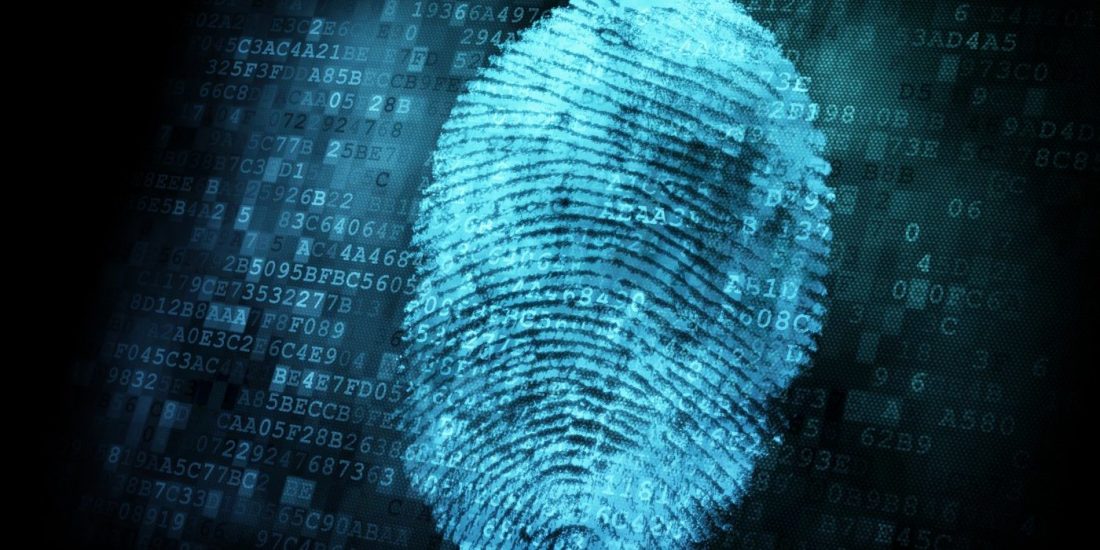
A typical application is described in this Video Fingerprinting Use Case for Television Productions and Broadcasters.įrom a content provider's point of view, both video and audio fingerprinting need to be used in most applications. Broadcast monitoring solutions can inform content providers and content owners with playlists of when and where their video content has been used. Video fingerprinting may be used for broadcast monitoring ( e.g., advertisement monitoring, news monitoring) and general media monitoring. If registered content is detected, the publisher can take the appropriate action Video fingerprinting systems enable content providers ( e.g., film studios) or publishers ( e.g., user-generated content (UGC) sites) to determine if any of the publisher's files contain content registered with the fingerprint service. Video fingerprinting is of interest in the Digital Rights Management (DRM) area, particularly regarding the distribution of unauthorized content on the Internet. This computation can be significant, and when multiple watermark keys must be tested, then watermarking can fail to scale to the volumes required by commercial applications such as user generated video services.Īpplications Rights management and distribution tracking While video fingerprinting systems must search a potentially large database of reference fingerprints, a watermark detection system only has to do the computation to detect the watermark. Detecting watermarks in a video can indicate the source of an unauthorized copy. This can be particularly useful in tracing the history of a copy of a video. A unique watermark can be added to the content at any stage in the distribution process, and multiple independent watermarks can be inserted into the same video content. Watermarks offer some advantages over fingerprinting. For example, if a watermark is inserted at broadcast it cannot be used to identify copies of the video made before the broadcast. Since watermarks must be inserted into the video, they only identify copies of the particular video made after that point in time. A robust watermark can be difficult to detect and remove, but removal of invisible watermarks is a significant weakness. Some watermarks can be inserted in a way that they are imperceptible by a viewer. Video fingerprinting should not be confused with digital watermarking, which relies on inserting identifying features into the content and therefore changing the content.

In addition, a reference video fingerprint can be created at any point, from any copy of the video. A video fingerprint cannot be removed, because it is not added. Video fingerprinting does not rely on any addition to the video stream.

Others have tried to reduce the size of the fingerprint by only looking calculating them around shot changes in produced video.

This makes the video fingerprinting robust against limited changes in color - or the transformation of color into gray scale of the original video. Van Oostveen relied on changes in patterns of image intensity over successive video frames. ĭifferent methods exist for video fingerprinting. Video fingerprinting was first developed into practical use by Philips in 2002.


 0 kommentar(er)
0 kommentar(er)
